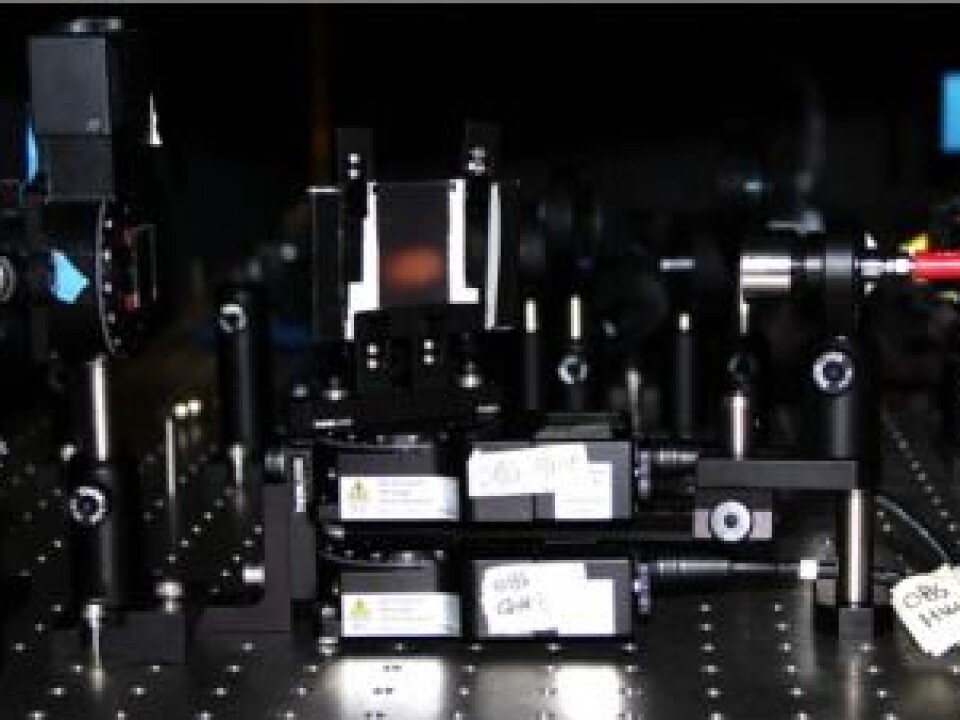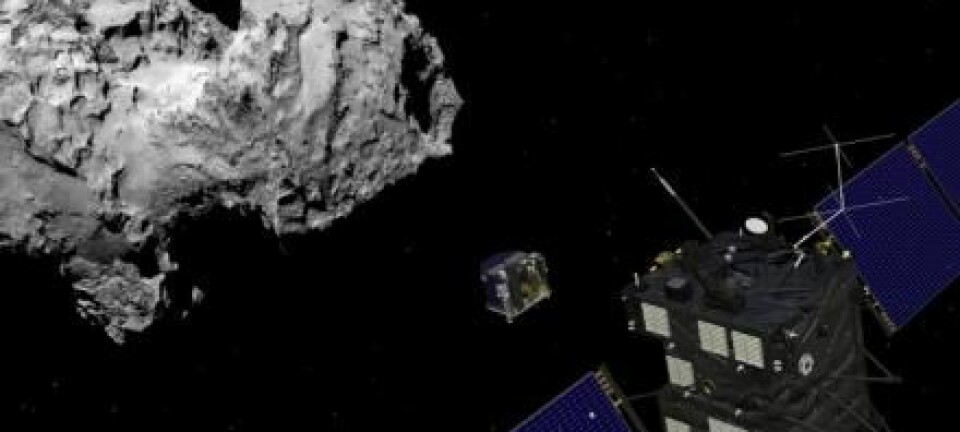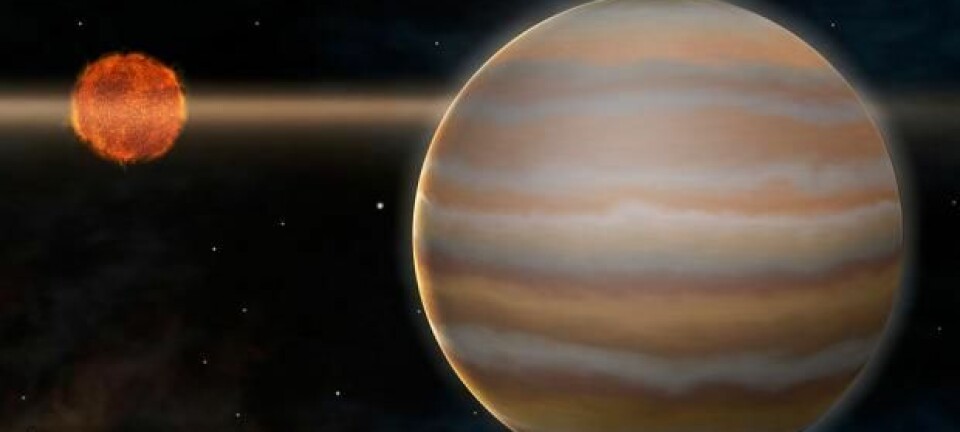
Light from distant galaxies can reveal extra-terrestrial life
Physicists can now trace light emitted by plants and microorganisms on planets far away.
Physicists have developed a new method that should reveal whether or not distant planets are inhabited by photosynthesising plants and microorganisms.
"Thousands of new planets have been discovered in recent years. But we cannot visit them as we could if they were in our own solar system,” says Tina Santl-Temkiv, a postdoc at the Stellar Astrophysics Centre at Aarhus University, Denmark.
“We need to discover and explore them from a great distance to know if there’s life on these planets, so we’ve developed a new method to do just this," she says.
Pattern of light should reveal life
The new method is based around the special pigments contained in photosynthesising plants and microorganisms here on Earth.

When these pigments are struck by sunlight they emit a tell tale pattern of light, which scientists believe they can search for in outer space to see if, and where, life exists.
"We often don’t know what to search for when we're looking for extra-terrestrial life. We only know what life looks like here on Earth where organisms harvest energy from sunlight through photosynthesis,” says Santl-Temkiv.
“But there are plenty of other stars out there that emit the same type of energy [as the Sun]. Therefore, there is reason to believe that organisms on other planets could’ve developed a similar process," she says.
Life on Earth studied from space since 1960s
Associate Professor Rasmus Fensholt, from the Department of Geosciences and Natural Resource Management at the University of Copenhagen, Denmark, believes that the new method should be successful as it builds upon existing methods scientists have used to study life on Earth since the 1960s.
"The principle is based on the fact that all plants have a particular signature in terms of how they absorb and reflect the light from the sun. We use this to study the vegetation on Earth with measurements from satellites in space--but in the new study, they develop this principle to search for life on other planets," he says.
Fensholt was not involved in the new study but uses similar techniques in his own research to map vegetation on Earth.
Plants reflect green light
We perceive light from the sun as white, but in fact, it contains all the colours of the rainbow.
When light hits an object on Earth, some of it is absorbed and some is reflected. The type of light that is either absorbed or reflected gives an object its colour.
Plants for example, contain the pigment chlorophyll, which is vital for photosynthesis. Chlorophyll absorbs blue and red light, and reflects green light. This gives plants their characteristic green colour.
"All vegetation has a unique light signature. You can look it up at the library, and see how all the different types of surfaces on Earth reflect and absorb light," says Fensholt.
How plants polarise light is unique
How light is reflected and absorbed on the surface of the planets is a bit more complicated.
According to Santl-Temkiv they also need to consider how light is altered by polarisation. In other words, how the direction in which light waves travel changes when it is reflected off an object.
"Planets do not emit their own light. They receive light from a nearby star, which oscillates in all directions,” says Santl-Temkiv .
“However, when light hits a planet's surface and is reflected, it no longer fluctuates in all directions. The light becomes polarised, which means that the light waves only oscillates in one direction," she says.
In the study, Santl-Temkiv and her team irradiated different materials with light and noted how the light become polarised. They discovered that plants and bacteria polarised light in one particular direction.
"We could see that there’s a big difference in how light is polarised by biological molecules or other materials," says Santl-Temkiv.
The results of the experiments are now implemented into a computer model, which will help scientists look for extra-terrestrial life when they direct their telescopes on distant planets.
The new study is published in the International Journal of Astrobiology.
---------------------
Read the Danish version of this story on Videnskab.dk
Translated by: Catherine Jex










